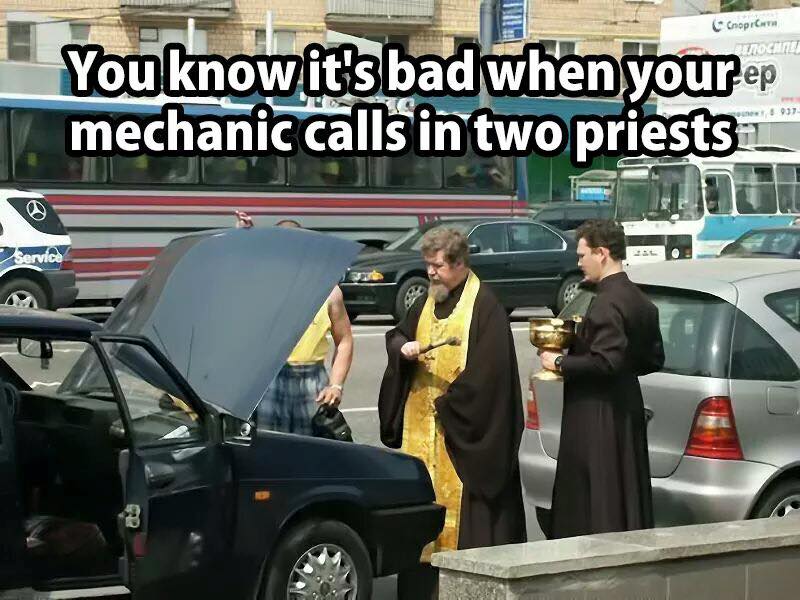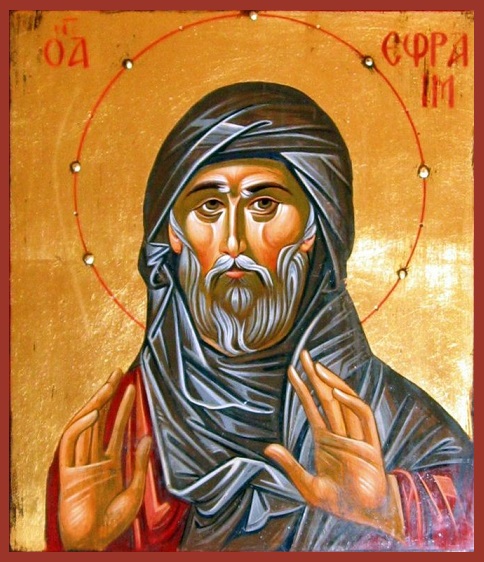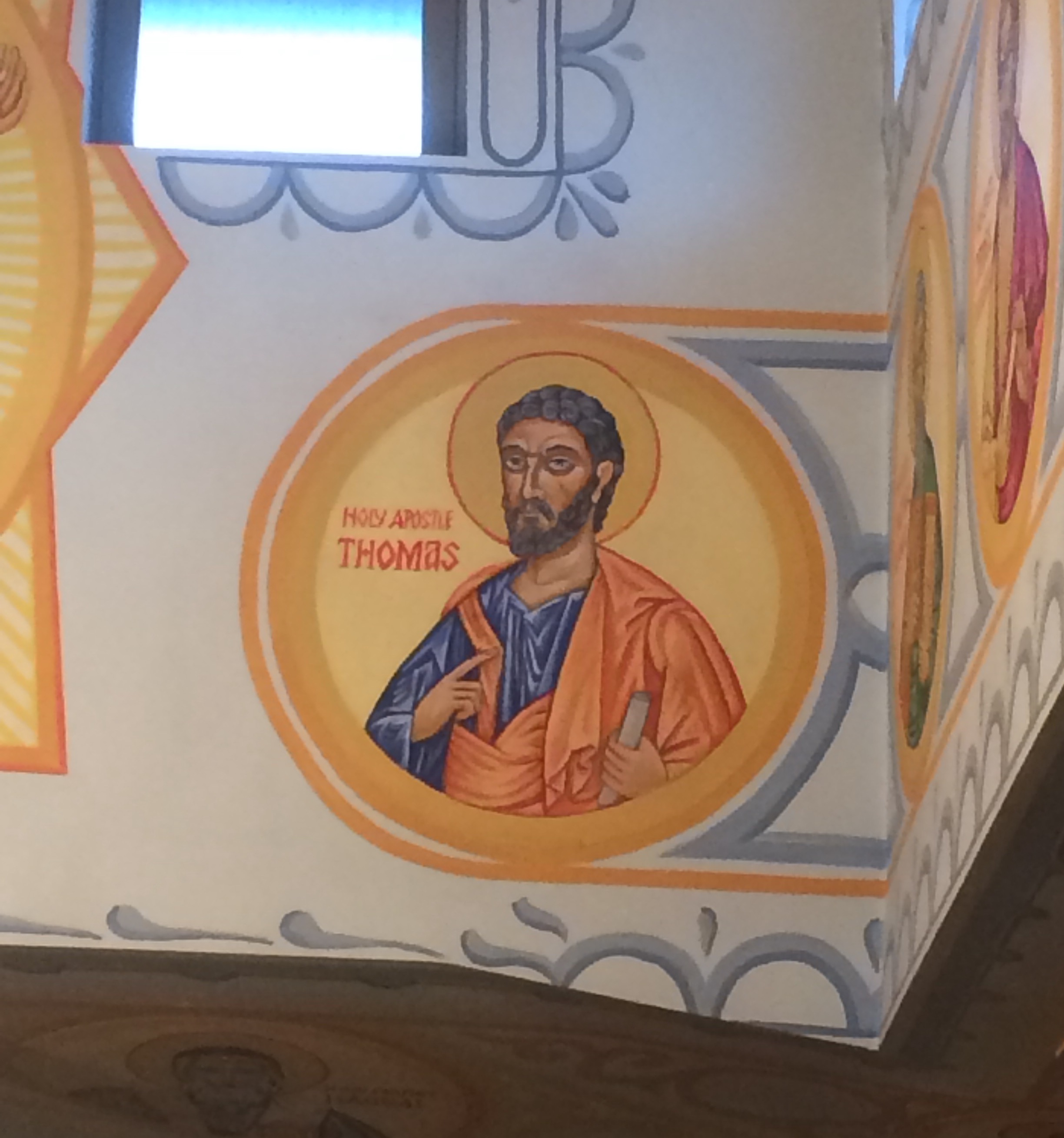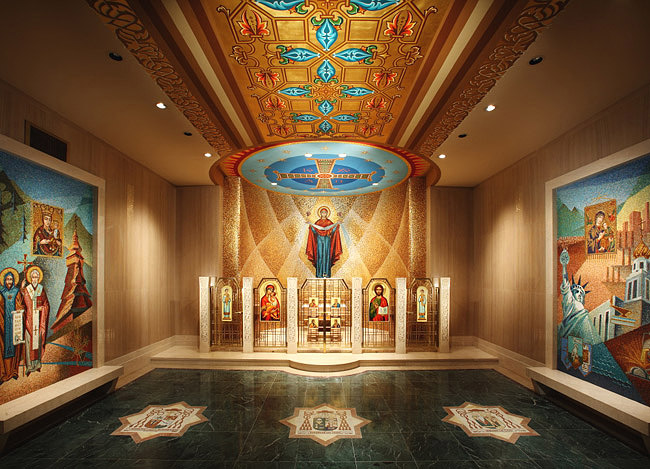Feast of Elijah

(In the Byzantine Church, it’s common to bless modes of transport on the Feast of Elijah)
"We are travellers…not yet in our native land" – St. Augustine

(In the Byzantine Church, it’s common to bless modes of transport on the Feast of Elijah)
 One of my new favourite websites is Trisagion Films. On this website you find lots of high qualify videos on a wide range of videos concerning Eastern Christianity, such as St. Ephrem and the vesting prayers prior to Divine Liturgy:
One of my new favourite websites is Trisagion Films. On this website you find lots of high qualify videos on a wide range of videos concerning Eastern Christianity, such as St. Ephrem and the vesting prayers prior to Divine Liturgy:
 If you ever visit an Eastern Catholic or Eastern Orthodox parish, you’ll find them adorned with many icons and, as I’ve mentioned in previous posts, these icons are dense with meaning.
If you ever visit an Eastern Catholic or Eastern Orthodox parish, you’ll find them adorned with many icons and, as I’ve mentioned in previous posts, these icons are dense with meaning.
At one point last year I brought a friend to my parish and we spent some time looking at the icons. He noticed that in the icons of the four Evangelists (Matthew, Mark, Luke and John), each of them is holding a book, symbolic of the Gospel attributed him. He then noticed the icon of St. Thomas and asked a question which caught me off-guard:
“Is the scroll he’s holding a reference to the ‘Gospel of Thomas’?”
I had never considered that association before! You see, the “Gospel of Thomas” is a non-Canonical work from the mid 2nd Century and was rejected by the Catholic Church. Bishop Eusebius from 3rd Century described it as “the fictions of heretics”. Given all that, it’s rather unlikely that the scroll in Thomas’ hand in a Catholic Church is a reference to a heretical work of antiquity!
So…what does the scroll in the Apostle’s hand represent? In Eastern iconography, a scroll represents holy wisdom and indicates that the person preached and held the rank of apostle.

I never thought that going to Matins would generate so many blog posts! So…today I sat next to this icon of the Nativity:
In the centre of the icon is Mary the Theotokos, with the infant Christ in a manger, together with some animals (“The ox knows his owner, and the donkey his master’s crib” – Isaiah 1:3). These figures are not in a stable, but in a cave, which reflects the Eastern tradition as well as the practice of the time for keeping animals. Above the cave are the other well-known nativity characters: angels, shepherds, and wise men following the star.
However, what I didn’t understand were the scenes depicted on the bottom-left and bottom-right corners of the icon. In the bottom-left we see St. Joseph sitting by himself with an odd look on his face and in the bottom-right there’s an illustration of what looks to me like an infant baptism taking place. What do these scenes represent?
A while ago I wrote a post talking about the exchanges you’ll commonly hear in the Byzantine circles (e.g. “Glory to Jesus Christ/Glory Forever”). In the Ruthenian Catholic Church you’ll often hear greetings and responses in Slavonic. I couldn’t find anywhere on the Internet to help learn them, so here’s my best attempt to list them all out phonetically and record them onto MP3….

“Slava Isusu Christu” (SLA-VA EE-SUE-SUE KRI-STU)
“Slava na Veeky” (SLA-VA NA VyEE-KEE)
An alternative dialect has it as
“Slava vo V’iki” (SLA-VA VO VyEE-KEE)
“Christos Razhdajetsja” (KRIS-TOS ROZH-DA-YET-SyAH)
“Slaveety Yoho” SLA-VEE-TE YEAH-HO)
“Christos Voskres” (KRIS-TOS VOS-KRES)
“Voistynu Voskres” (VO-EE-STEE-NU VOS-KRES)
An alternative dialect has it as:
“Christos Voskrese” (KRIS-TOS VOS-KRES-E)
“Voistinu Voskrese” (VO-EE-STEE-NU VOS-KRES-E)
“Chrystos Posredi nas” (KRIS-TOS POS-RE-DI NAS)
“I yest i budet” (YEST EE BOO-DET)
I hope this helps! If anyone out there is a Slavonic expert and would like to correct my pronunciation or phonetic spelling, please leave me a comment! Also, if you’d like to teach the world the responses in Greek, Russian etc, please let me know 🙂
 Why do Eastern Christians (both Catholic and Orthodox) say “Memory Eternal” in reference to those who have died?
Why do Eastern Christians (both Catholic and Orthodox) say “Memory Eternal” in reference to those who have died?